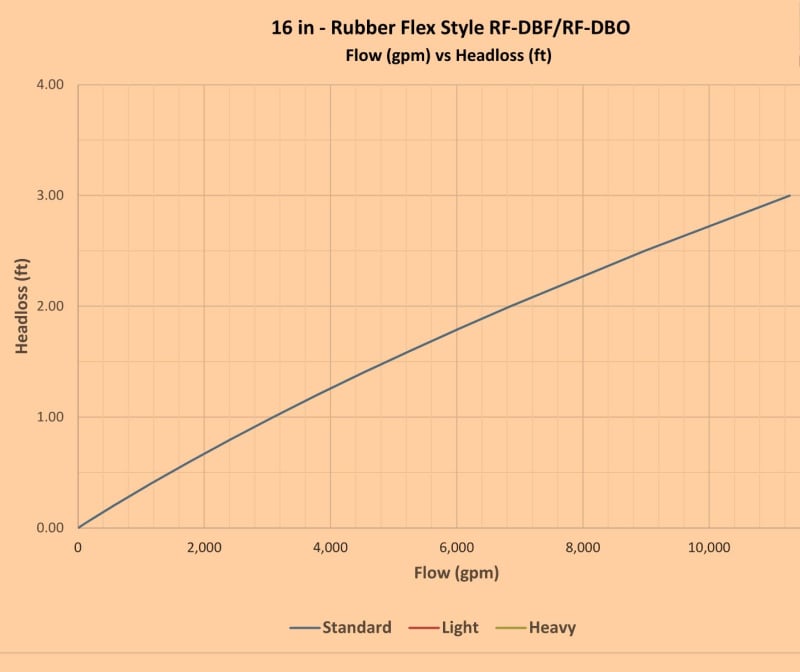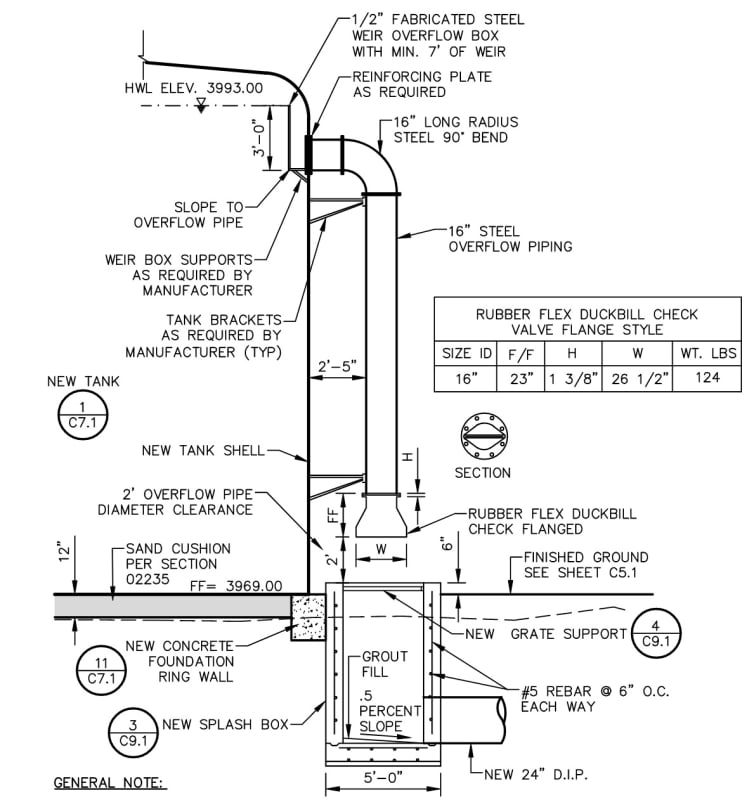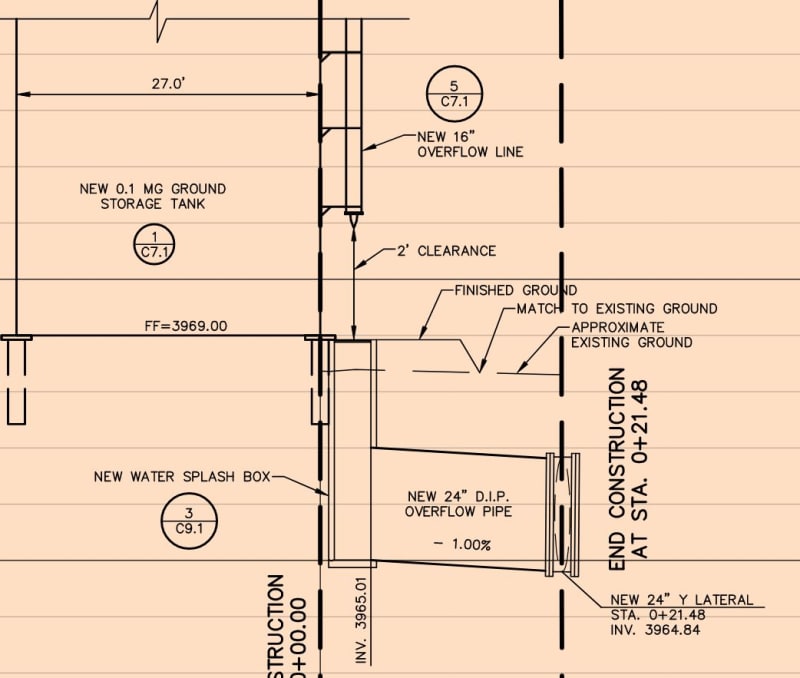EliteConsulting
Civil/Environmental
What are the most realistic workflows/methods to theoretically estimate the maximum height of water that will splash out of the concrete box after it has been discharged from the 16" overflow pipe draining the vented water storage tank?
Preferably utilizing:
a) Weir formulas
b) Bernoulli's equation
c) Accounting for head losses (please refer to attached graph)



Preferably utilizing:
a) Weir formulas
b) Bernoulli's equation
c) Accounting for head losses (please refer to attached graph)



